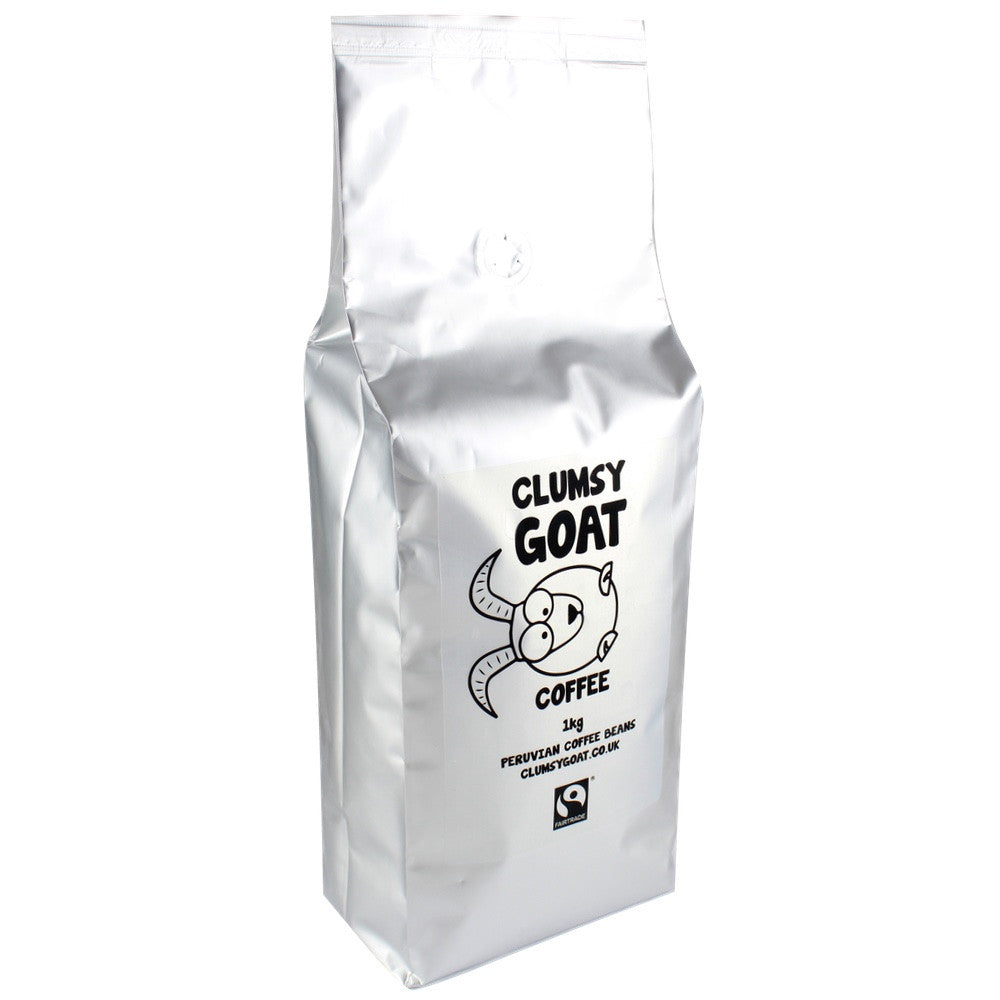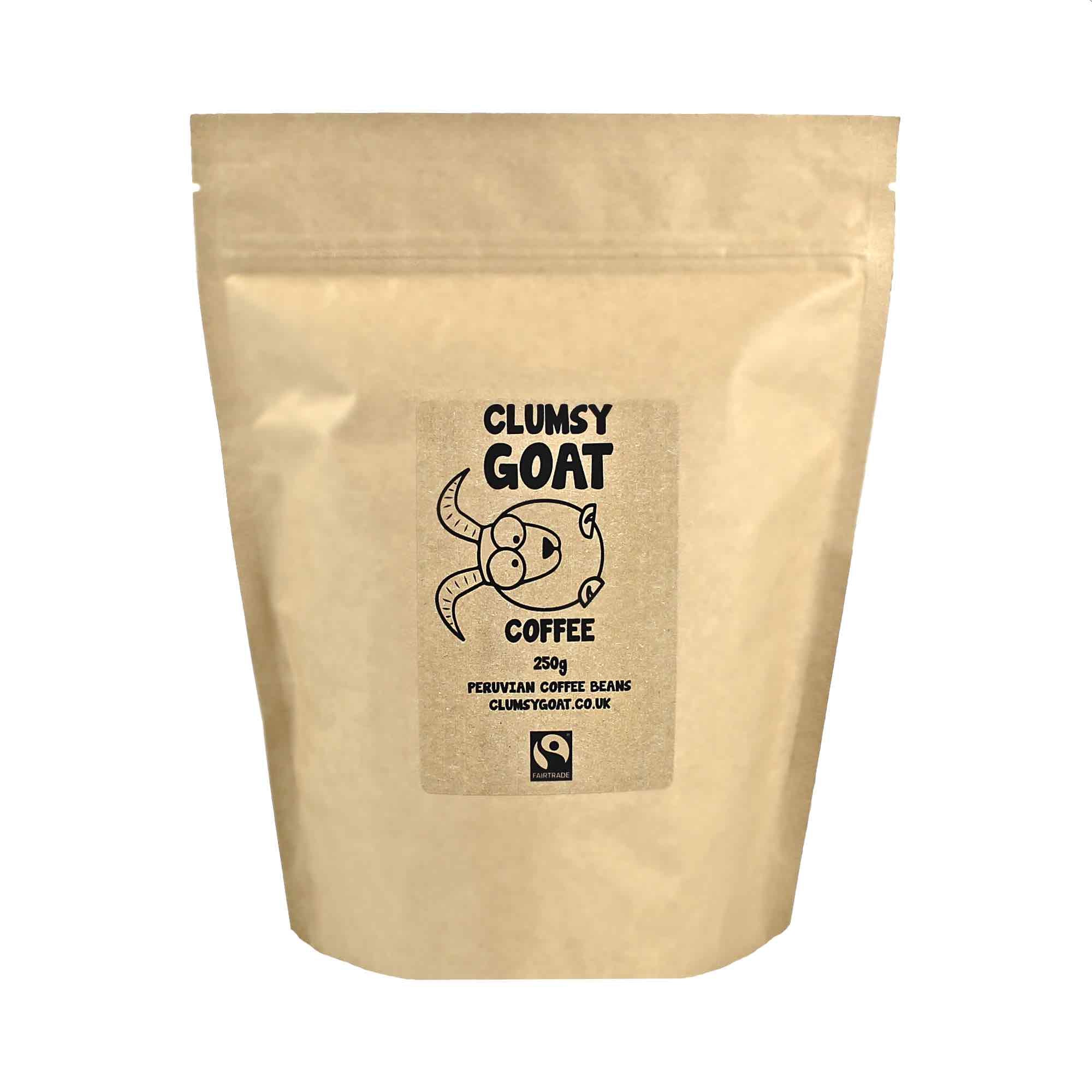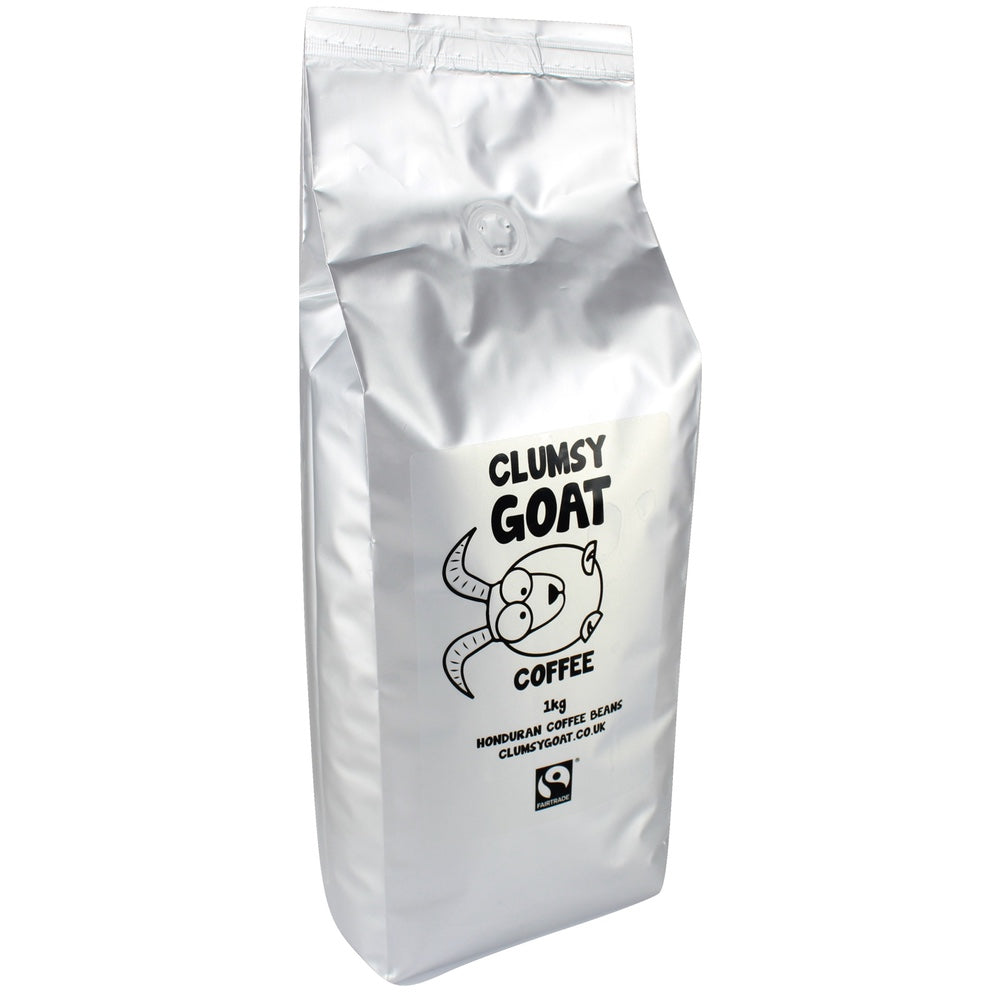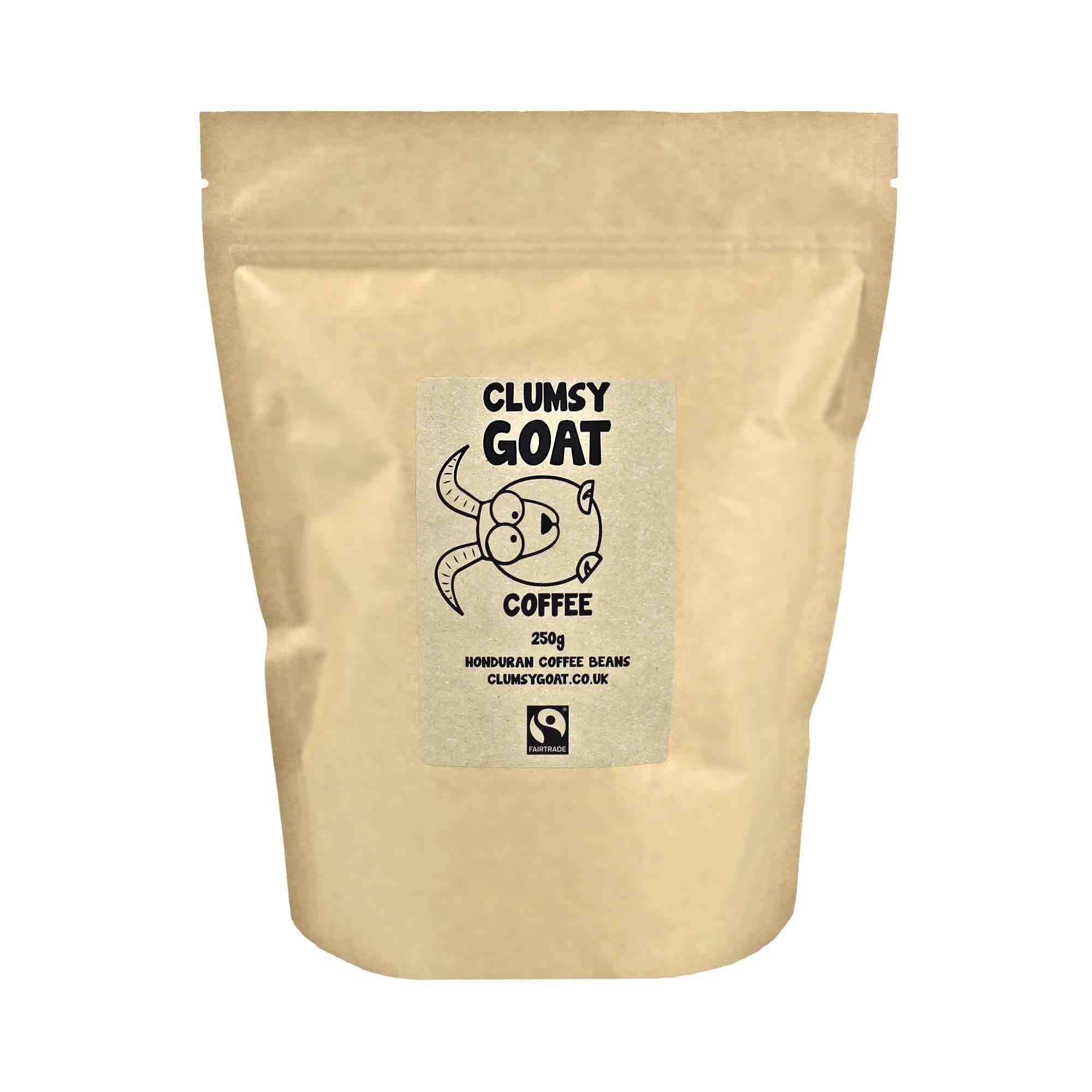Coffee Guides
The benefits of buying freshly roasted coffee beans
The secret formula for the ultimate home-brewed cup is every coffee lover’s fantasy. It’s...
10 great coffee facts that we absolutely love!
When it comes to coffee, we all think we know best, and perhaps it’s the...
Our pocket guide to making great coffee at home
Maybe you’re a coffee connoisseur hoping to refine your palate. Or you’ve always enjoyed a...
What is Fairtrade coffee and how does it help the farmers?
‘Fairtrade’ is just one of the many terms bandied about these days to let you...











